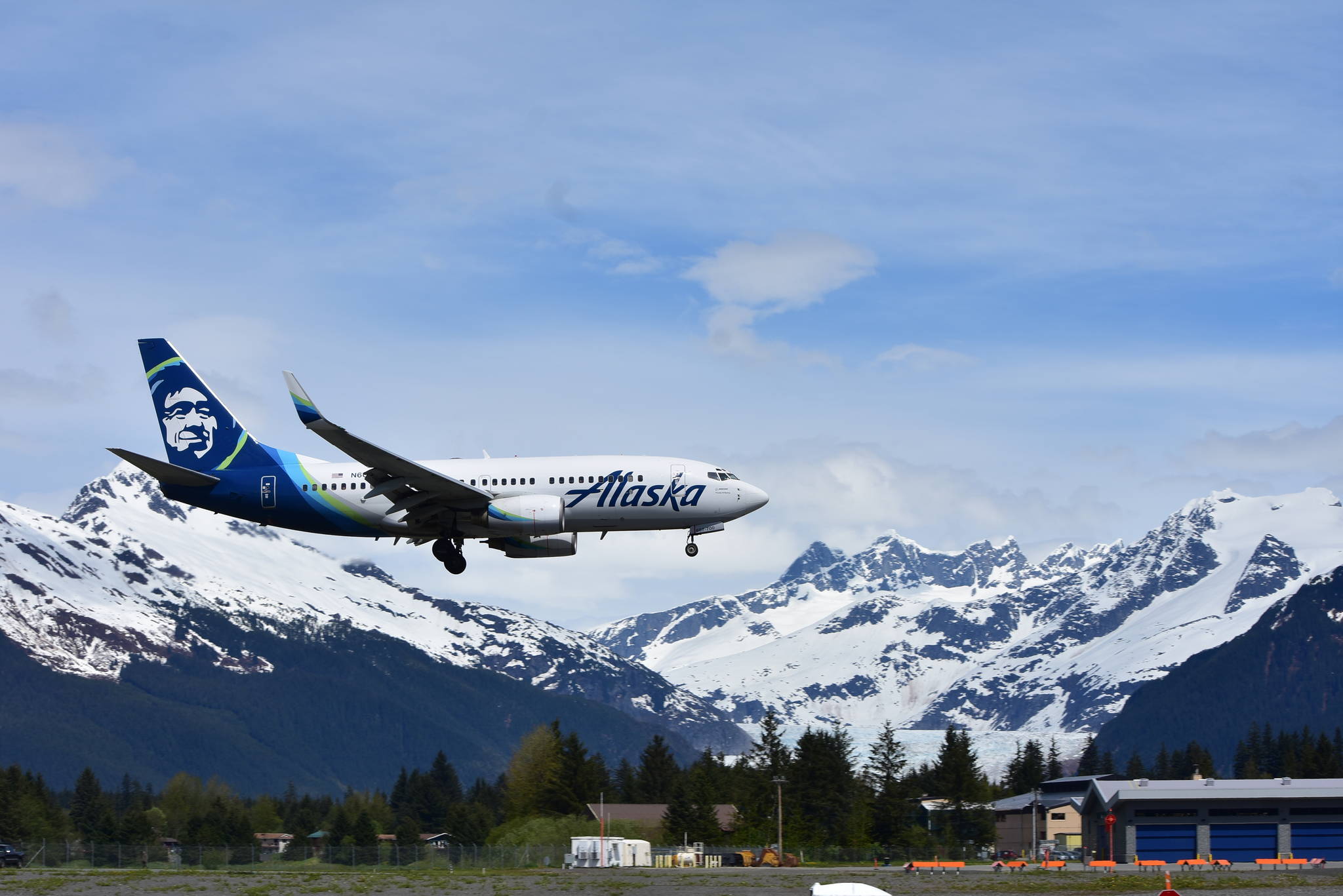Final numbers are still being put together, but local transportation authorities say the number of people using their services in 2020 was unsurprisingly down.
According to preliminary data, large carriers arriving at the Juneau International Airport, Alaska Airlines and Delta Airline, saw their traveler numbers fall by more than half. Airport data shows in 2019 there were 328,743 enplanements for the two large carriers at the Juneau airport, in 2020 there were 135,685.
Between Jan. 1, and July 28, 2021, the large carriers saw 138,116 enplanements, compared to 80,990 in 2020 and 189,241 in 2019, airport data show.
Airport manager Patty Wahto noted the large carriers were only a portion of the traffic from the airport and said 2020 numbers for smaller carriers were still being compiled by the Federal Aviation Administration but were expected soon.
“Last November the travel numbers were still down 60-70%, but we have seen a gradual rebound this summer down to single percentages to in the teens and a couple of days actually higher than in 2019,” Wahto said in an email.
[Juneau’s landfill likely to last 20 more years]
Smaller carriers were seeing mixed numbers, Wahto said, with some being very busy but others closely related to cruise ship tourism were not. Helicopter flights were not very busy, according to Wahto, who noted that Wings Airways, which typically operates from a dock on the downtown waterfront, was not operating this summer.
The Alaska Marine Highway System saw a similar decline in numbers, according to data from the Department of Transportation and Public Facilities. In July of 2020 AMHS carried 8,221 passengers, according to department spokesperson Sam Dapcevich, and 4,999 vehicles. According to AMHS’ annual report, in July, 2019 there were 24,300 passengers and 8,814.
The city’s bus system also saw a decline in ridership, said Denise Guizio, administrative assistant with Capital Transit, but ridership has ticked back up.
“We were providing over a million rides prior to the pandemic,” Guizio said in a phone interview Wednesday. “At the start of the pandemic we were limiting rides, slowly our ridership is starting to increase.”
Capital Transit’s data show 1,010,570 riders in 2019 and only 560,705 in 2020. In July 2021, there were 53,017 riders on Capital Transit, data show, compared to 41,051 in 2020 and 94,286 in 2019.
Guizio said that once people are again comfortable with the idea of public transit, ridership will increase again. Riders on Capital Transit must be masked under Centers for Disease Control and Prevention guidelines, Guizio said. Public transportation is subject to federal as well as local regulations Guizio said, and the CDC had recently extended its mask requirement for public transport to January 2022. Those regulations apply to airlines as well, according to the CDC.
• Contact reporter Peter Segall at psegall@juneauempire.com. Follow him on Twitter at @SegallJnuEmpire.

